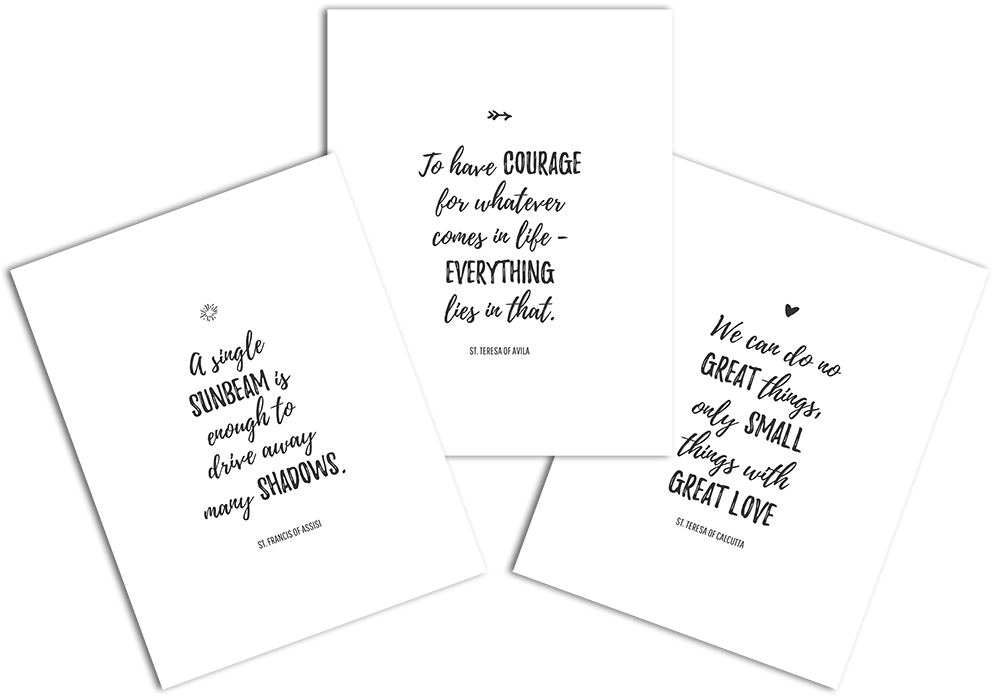Strictly speaking: No, because it’s a sample.
But packets like it – filled with real blood, not just a demo fluid made to look like it – do have the power to positively impact children with cerebral palsy, autism, diabetes, and other health conditions that have no cure and few treatment options. My recent trip to New York was by invitation from ViaCord, a cord blood (and now cord tissue) banking service, to gather with a small group of bloggers to learn more about current research into cord blood treatments. We didn’t bank with Sarah Kate (I vaguely remember seeing a brochure that I intended to review “later,” but when she was born premature “later” never arrived) or with Nathan (banking is not recommended for children with Down syndrome). But I’ve heard rumors about stem cell research in children with cerebral palsy, so I was excited to go and learn more.
Wait, what? Did you say stem cells? You’re Catholic – isn’t that a no-no?
Actually, it’s not. Embryonic stem cells are, to put it lightly, troubling because they are harvested from embryos. Other types of stem cells exist that don’t have those ethical issues – cord blood stem cells are one type; adult stem cells are another. Cord blood stem cells are found in the blood that remains in a baby’s umbilical cord after birth. If they aren’t harvested, they’re thrown away (which, now that I see where the research is headed, I realize what a tremendous shame that is!) The information we received was fascinating, and I learned a lot. For instance:
- Cord blood stem cells are used in the treatment of nearly 80 diseases TODAY, including many cancers, blood disorders, metabolic disorders, and immunodeficiencies.
- Human clinical trials are going on now to determine the safety and efficacy of treating cerebral palsy, autism, type 1 diabetes, brain injury, and hearing loss with cord blood stem cells.
- Current preclinical trials (i.e., not yet in humans) are ongoing with the aim of treating Alzheimer’s disease, multiple sclerosis, Parkinson’s disease, and a variety of other conditions with cord blood stem cells.
- In the cases of cerebral palsy and autism, the hypothesis is that infusion with a patient’s own umbilical cord blood cells can offer neural repair in the brain and reduction of inflammation. Although the two conditions are very different (and the umbrella for each is very large), what is common to both is an altered neurological system and/or inflammation. The bottom line is that there is hope these conditions can be corrected without necessarily having to know their origin with certainty.
Cord blood isn’t a magic bullet, but its potential is tremendous.
The currently approved treatments for cerebral palsy are almost all temporary or corrective. Botox and orthopedic surgery are pretty much all there is unless a child is a candidate for selective dorsal rhizotomy (many aren’t). The bottom line for kids (and adults) with cerebral palsy is this: do what you can do to make it not quite as bad as it would be if you did nothing – not exactly great and exciting stuff. While cord blood isn’t expected to cure cerebral palsy, it is hoped that it will increase not only gross motor function, but also intellectual and/or social function, as well. ViaCord is one of a number of cord blood banking services available. They’ve been around for twenty years and support cord blood research – whether or not the study participants banked with them. They are also the only bank that publishes their transplant data, and they have released one of the largest numbers of units to patients for treatment. And for what it’s worth, I spent the day sitting next to Morey Kraus, chief scientific officer for ViaCord, and I was impressed from start to finish.
I bet I know what you’re thinking: this sounds great, but it also sounds expensive.
You’re right. It’s not cheap. But oh, how I wish I could tell you today that my child is one of those participating in a CP study right now – cost would be the absolute furthest thing from my mind. The good news, though, is that ViaCord recently lowered the upfront price of cord blood banking by 40% and began offering a gift registry, making cord blood banking much more accessible today than it was to us twelve years ago. Ideally, children in need of a transplant receive their own stem cells, but if their own aren’t available, the next best thing is sibling stem cells. If you have a child with a condition that could be treated with cord blood, banking of a natural born sibling is free for five years with ViaCord.
Twelve years ago, cord blood treatment wasn’t on my radar.
Today, I have a daughter with cerebral palsy and a son with a condition that puts him at a higher risk of developing leukemia. The possibility that the key to improving Sarah Kate’s health (or potentially saving her brother’s very life) was in her cord blood that was discarded is hard to swallow. But knowing that there are many, many kids who may very soon benefit from this research is incredibly encouraging.
For more information on cord blood banking and ViaCord, visit these links:
How Newborn Stem Cells Work Current Treatments Emerging Research Sibling Connection Program


We couldn’t afford banking but we did donate cord blood with all three kids so hopefully somebody out there was helped by it, whether from research or usage!